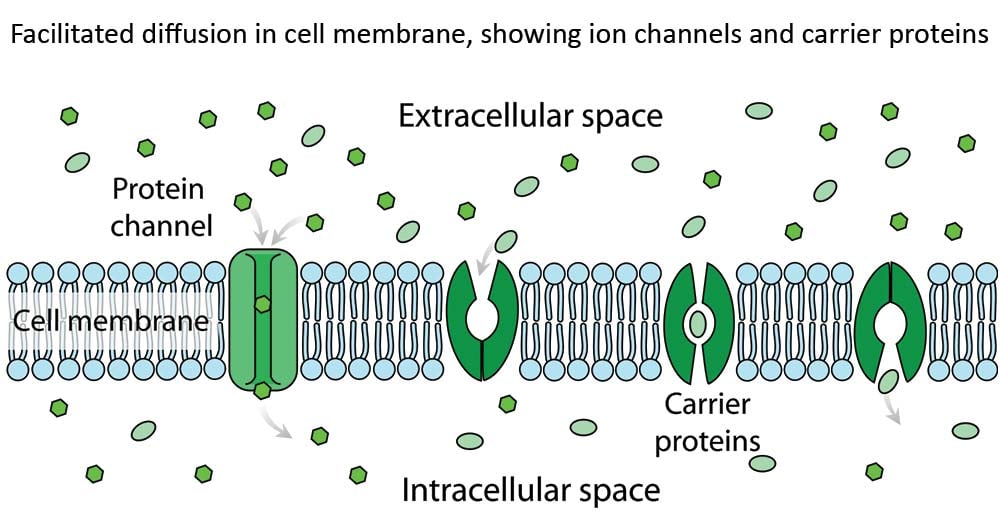Are Proteins Organic Or Inorganic
A They are used to store genetic information. They form muscles speed up chemical reactions and perform many other cellular functions.
Water and minerals do not so they are inorganic.

Are proteins organic or inorganic. Water and minerals do not so they are inorganic. An organic nutrient contains both carbon and hydrogen. Carbohydrates proteins lipids nucleic acids.
In most of the aqueous solutions these are poor conductors of. Inorganic compounds form ionic bonds between the atoms of molecules. Nucleic acids are organic compounds that include DNA and RNA.
Which statement describes starches fats proteins and DNA. Organic and inorganic compounds. The organic nutrients include the macronutrients carbohydrate protein and fat and vitamins.
CAS PubMed PubMed Central Article Google Scholar. C They are used to assemble larger inorganic materials. Most compounds that contain carbon examples.
Thats because the arsenic atoms are firmly tied up and unavailable for bonding with important biomolecules such as proteins. Organic compounds form covalent bonds. Bone sialoprotein was present in all three extracts of dentin and bone whereas OPN was present only in the G1 and E extracts of bone.
Why is glucose organic. All organic molecules contain carbon nearly all contain hydrogen and many also contain oxygen. Differences between organic and inorganic matter.
Protein delivery into cells using inorganic nanoparticle-protein supramolecular assemblies. Carbohydrates lipids proteins and vitamins have carbon in their structure making them organic. The source of both organic and inorganic arsenicals are naturally occurring minerals with arsenopyrite FeAsS.
Proteins are an Organic compound What is Organic compound and Inorganic compound. Most compounds that do not contain the element carbon examples. Proteins are the primary organic material used in building tissues and they tend to have large molecules with chains of condensed units of 20 unique amino acids.
Regarding this are proteins organic or inorganic. The proteininorganic hybrid nanoflower with the combined functionalities of the protein and inorganic material is likely to have important applications in biosensors bioanalytical devices. Carbohydrates lipids proteins and vitamins have carbon in their structure making them organic.
In this review the authors describe the most recent progress in the development of inorganic silica gold phosphate metalorganic framework carbon nanoparticles as well as organic polymer lipid nanoparticles both applied to intracellular protein delivery. Proteins are organic compounds made up of amino acids. These compounds are found in non-living things.
The presence or absence of carbon is what differentiates organic nutrients from inorganic nutrients. Inorganic matter is generally fireproof and nonvolatile. The difference in the distribution of the SIBLING proteins between organic and inorganic phases supports the belief that these molecular species play different roles in dentinogenesis and osteogenesis.
They are considered organic because of the fact the monomer which make proteins are amino acids which are organic compounds these organic compounds have following structure which follows the norm for being a organic molecule as it contains carbon skeleton and a C-H bond. Organic matter s has a range of reactions very different from inorganic s matter s and is capable of forming long molecular chains macromolecules such as those that make up the proteins and sugars essential for life as we know it. Organic compounds are mainly found in most of the living things.
D They are simple molecules used as energy sources. Organic nutrients can be made by living organisms and are complex made up of many elements carbon hydrogen oxygen and sometimes nitrogen bonded together. In the animal kingdom we have to digest the food to free the amino acids before getting absorbed into the bloodstream.
B They are complex molecules made from smaller molecules. These include nucleic acids fats sugars proteins enzymes and hydrocarbon fuels. Examples of Organic Compounds or Molecules Molecules associated with living organisms are organic.
Coenzyme Organic Non Protein Molecule Such As Nad And Fad Often Remove Electrons From The Substrate And Pass The Biochemistry Pearson Education Coenzyme
Organic Macromolecule Sorting Activity Students Sort Examples Of Carbohydrates Lipids Proteins And Nuclei Organic Molecules Macromolecules Sorting Activities
Pin By Lam On ف Carbon Dioxide Building Blocks Carbon
Kroger Orgain Kids Protein Organic Vanilla Nutritional Shakes 12 Ct 8 25 Fl Oz In 2021 Nutrition Shakes Organic Whey Protein Organic Shakes
Proteins Biology Quizizz In 2021 Protein Biology Macromolecules Organic Molecules
Concept Map Organic Compounds Concept Map Chemistry Worksheets Organic Molecules
3 2 Carbohydrates Lipids And Proteins Bioninja Peptide Bond Organic Molecules Carbohydrates
Difference Between Organic And Inorganic Compounds Definition Structure Properties Chemistry Lessons Chemistry Basics Study Chemistry
Organic Inorganic Geometric Organic Shapes Geometric Organic
Difference Between Organic And Inorganic Compounds Inorganic Compound Middle School Math Compounds
3 2 Carbohydrates Lipids And Proteins Bioninja Organic Molecules Energy Forms Peptide Bond
What Are Carbon Compounds A Plus Topper Https Www Aplustopper Com Tag Homologous Series Of Alkanes Alkenes And Alkynes Inorganic Compound Compounds Carbon
Water Chemistry Organic Versus Inorganic Organic Compounds Are Those Generally Derived From Living Organisms Sugar Protein Science Education Chemistry Water

Posting Komentar untuk "Are Proteins Organic Or Inorganic"